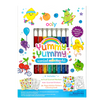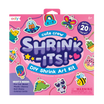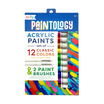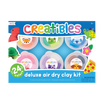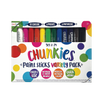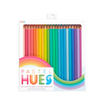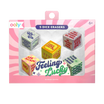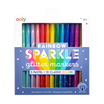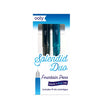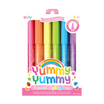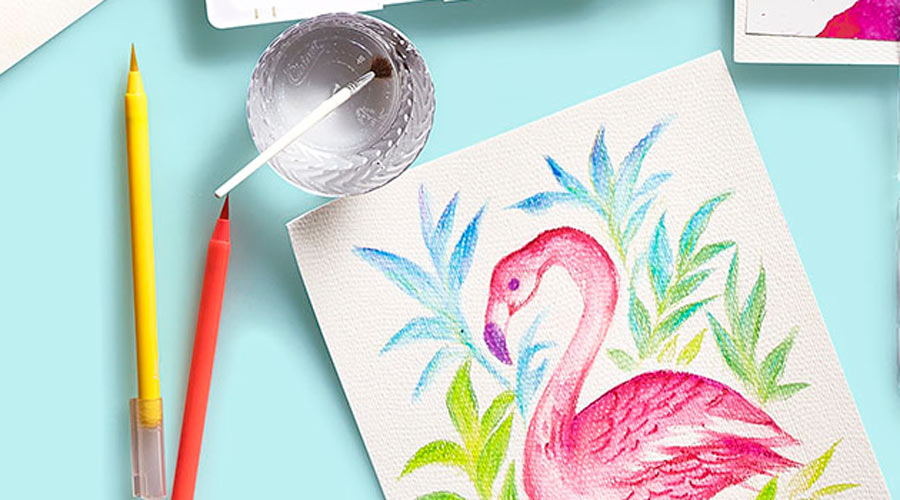Contour Line Drawing Basics
If you're not familiar with contour line drawing, you may wonder how this style of drawing is different from others. First and foremost, contour line drawing is not concerned with the minute details of objects or the way light settles on them. Instead, these drawings mainly consist of an outline of an object, though you may also add in lines to indicate the location of significant landmarks within the subject's interior. Typically, line drawings are in black and white. Gather Your Supplies
Gather Your Supplies
One of the great things about contour line drawing is that you can get started without having much previous drawing experience or a substantial collection of art supplies. You really only need a few things to begin drawing contour lines at home:
Think carefully about what you choose to draw. Avoid large or ambiguous subjects, such as landscapes and cityscapes. Opt for an item with clear edges and a reasonable number of interior details. Consider a few examples:
- Your non-dominant hand
- A baseball glove
- A kitchen pot or pan
- A musical instrument
How To Get Started
To tackle your very first contour line drawing, it's important that you find a spacious, flat workspace that gives you plenty of room to move and doesn't feel bumpy under your pen or pencil. Once you're seated with all your supplies, you can begin drawing by following a handful of simple steps:- Place your subject just beside your paper so that you can easily shift your eyes between the two without turning your head.
- Choose a spot on the outline of your object to begin and place the tip of your pencil or pen in the corresponding section of your paper. Be careful to not start too close to the edge so you don't risk running out of room.
- Slowly move your gaze around the edges of the object. Simultaneously, move your pen or pencil in long strokes that mirror the line you see surrounding the subject. You may need to peek at your paper frequently as you learn to draw contour lines, but the end goal is to look at the paper as little as possible. Instead, your eyes and writing tool should move in concert.
- Continue your contour line drawing until you have completed the entire exterior of the object. It's alright to pause at a section and readjust your pen or pencil; the line doesn't have to be nonstop.
- Add in interior details, making sure these landmarks are spaced correctly in relation to the outline.
Advance Your Skills
As you become more comfortable with creating a basic contour line drawing, you may wish to take your artwork one step further. One of the best ways to add some extra dimensionality to these drawings is to vary the line weights you use. The weight of a line simply refers to its thickness. Thicker lines tend to draw the most attention and appear to be closer to the viewer than thinner lines. You can add to the weight of a line by retracing it several times, or you can use a set of pens or pencils that come in various line weights. Another fun way to boost your skills is to try blind or continuous line drawing. Blind contour line drawings require you to completely abstain from looking at your paper while you work, forcing you to rely only on your eyes. Continuous line drawing encourages you to work through potential mistakes by refraining from lifting up your pencil until you've completed the drawing. Though contour line drawings generally do not include value or color, layering watercolor or other media on top of black-and-white drawings can create interesting effects.Line Drawing Applications
If you love the simple, matter-of-fact nature of line drawings, you may wish to make this drawing style the center of various kinds of pieces:- Depictions of cartoon characters
- Designs for greeting cards
- Logos for groups or events
- Unique portraits of people or animals










